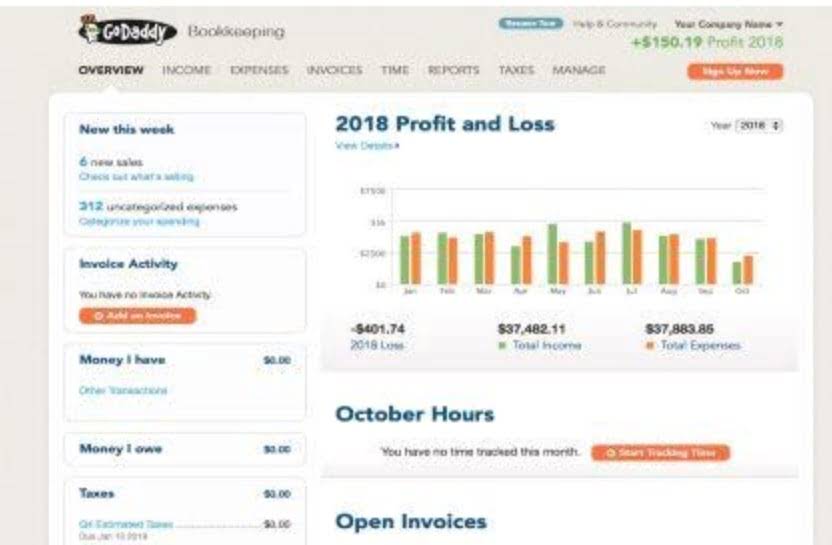- 2020-9-22
- Bookkeeping
- Accounts Receivable on the Balance Sheet はコメントを受け付けていません

Bad debt is AR your business can’t collect from customers, either because they won’t pay you or they’ve gone bankrupt. The first entry reverses the bad debt write-off by increasing Accounts Receivable (debit) and decreasing Bad Debt Expense (credit) for the amount recovered. The second entry records the payment in full with Cash increasing (debit) and Accounts Receivable decreasing (credit) for the amount received of $15,000.
Automated accounts receivable at Invoiced
目次
Here are the most popular options—including one you should definitely avoid. If you can’t contact your customer and are convinced you’ve done everything you can to collect, you can hire someone else to do it for you. Let’s use a fictional company XYZ Inc.’s 2021 financials as an example.
- For example, purchasing goods from a supplier is an accrued expense until you pay the invoice.
- Such an estimate is recorded as allowance for doubtful accounts and is used to offset accounts receivable.
- Thus, the exact set of income statement accounts used will vary by company.
- When a company sells its products or services, it may not receive money in exchange simultaneously.
- Because it is an estimation, it means the exact account that is (or will become) uncollectible is not yet known.
What is Allowance For Doubtful Accounts?
Typically, businesses sell goods on credit only to creditworthy customers. Still, good accounting practice requires you to keep some amount for accounts receivable that may not be paid. The debit to the cash account causes the supplier’s cash on hand to increase, whereas the credit to the accounts receivable account reduces the amount still owed.

Is accounts receivable an asset?
As of January 1, 2018, GAAP requires a change in how health-care entities record bad debt expense. Before this change, these entities would record revenues for billed services, even if they did not expect to collect any payment from the patient. This uncollectible amount would then be reported in Bad Debt Expense.

While the company may have recorded the related revenues already, the receipt will only decrease the balance. In accounting, assets are resources owned or controlled by a company. which accounts are found on an income statement These resources can result in inflows of economic benefits in the future. In some cases, companies may also include them within the accounts receivable in the income statement.

- When an organization sells goods or provides services on credit, a bookkeeper debits the customer receivables account and credits the sales revenue account.
- Typically, you as a business usually sell goods on credit to your customers.
- The cash flow statement shows how well a company manages cash to fund operations and any expansion efforts.
- The balance sheet method (also known as the percentage of accounts receivable method) estimates bad debt expenses based on the balance in accounts receivable.
- No matter your field, accrual accounting can affect your bottom line.
The allowance method estimates bad debt during a period, based on certain computational approaches. The calculation matches bad https://www.bookstime.com/ debt with related sales during the period. When the estimation is recorded at the end of a period, the following entry occurs.
In this case, longer delays before repaying your loan leads to a higher ROI overall. Similar to accrued revenue, you record accrued expenses after incurring them. Unlike accrued revenue, an accrued expense refers to money a company owes, not income it’s due to receive. For example, purchasing goods from a supplier is an accrued expense until you pay the invoice. Net receivables are shown as an aggregated total on the company’s balance sheet.
- Since the unmet payment obligation represents a future economic benefit to the company, the accounts receivables line item is categorized as a current asset on the balance sheet.
- While you earn revenue after selling a product or service, payment delays lead to accrued revenues.
- Another option for encouraging clients to pay invoices on time is to charge late fees.
- Alternatively, it can simply calculate the net receivables by applying the estimated collection rate for each range.
- Accounts receivable — also known as customer receivables — don’t go on an income statement, which is what finance people often call a statement of profit and loss, or P&L.
If a company has receivables, this means that it has made a sale on credit but has yet to collect the money from the purchaser. Essentially, the company has accepted a short-term IOU from its client. In the above transaction, accounts receivable does not impact the incomes statement.
What Are Examples of Receivables?
Following up on late customer payments can be stressful and time-consuming, but tackling the problem early can save you loads of trouble down the road. If you do business long enough, you’ll eventually come across clients who pay late, or not at all. When a client doesn’t pay and we can’t collect their receivables, we call that a bad debt. When Keith gets your invoice, he’ll record it as an accounts payable in his general ledger, because it’s money he has to pay someone else. Here’s an example of an accounts receivable aging schedule for the fictional company XYZ Inc. Accounts receivable represent funds owed to the firm for services rendered, and they are booked as an asset.

